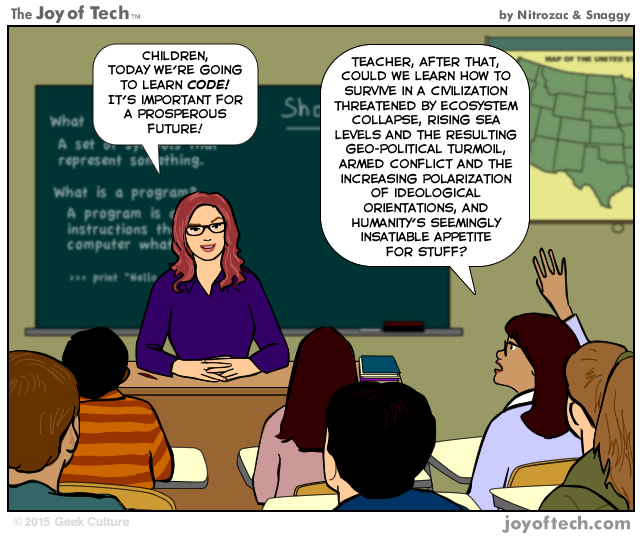What's the need ? http://www.csoonline.com/article/2953258/it-careers/cybersecurity-job-market-figures-2015-to-2019-indicate-severe-workforce-shortage.html
an extract:
An analysis of the cybersecurity job market looking back at 2014, the first half of 2015, and projecting out to 2019, reveals some interesting figures. For instance, the top paying cybersecurity job is a security software engineer with an average annual salary of $233,333, according to a recent report from the job board Dice. That tops the salary for a CSO which is $225,000.
But the big story in the cybersecurity labor market is a severe workforce shortage.
“The demand for the (cybersecurity) workforce is expected to rise to 6 million (globally) by 2019, with a projected shortfall of 1.5 million,” stated Michael Brown, CEO at Symantec, the world’s largest security software vendor. Not long before Brown's statement, the Cisco 2014 Annual Security Report warned that the worldwide shortage of information security professionals is at 1 million openings, even as cyberattacks and data breaches increase each year.
